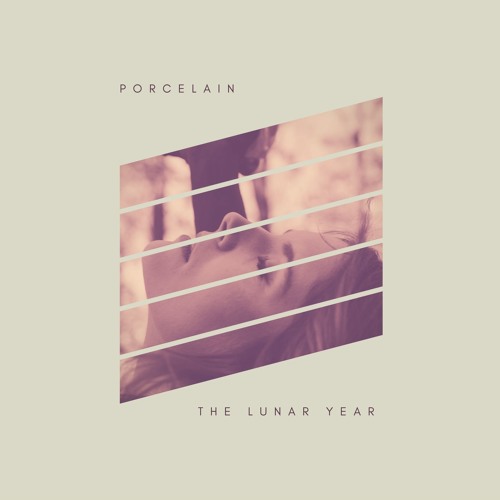This week marks the end of the lunar year. So let’s take a moment to appreciate our nearest neighbour in space: the moon.
And let’s start by taking a closer look at that word, ‘nearest’. Just how close is the moon anyway?
If you do an image search for “earth and the moon,” you might get the impression that we’re just slightly further than spitting distance from it. But the moon’s distance from us, 384 000 kilometres, is insanely far. If you could get in your car and drive directly upwards at highway speed, it would take about five months of non-stop driving to reach your destination. Or, to put it another way, it’s the same distance as approximately 70 transatlantic flights.
Or, as visualized here, it’s enough space to fit every other planet in our solar system, with room to spare. It’s far.
But that 384 000 kilometers is just the moon’s average distance from us. The precise distance varies in either direction by as much as 25 000 km. That’s a margin of error equal to more than half the circumference of the earth.
The moon is changeable, with its phases and its apogees and its supermoons and all that. And let’s not even get into the whole moon illusion thing.
And yet, the moon is dependable. The lunar calendar, after all, is a pretty reliable way to measure the passing of time. And it never turns our back on us; it doesn’t rotate relative to the earth, so the side we see is always the same.
It’s like that friend you’ve had since childhood. The one you’ve known for so long, you can’t quite remember how you met. Your parents were friends with their parents, that’s all you really have in common. You’ll go months without hearing anything from them, and then hang out for three days straight, like nothing ever happened.
So here’s to our enigmatic, close-yet-distant, constant and changing neighbour. Happy Lunar New Year.
What makes this a beautiful song:
1. It’s got great contradictions in the lyrics: “My brain is porcelain / I’m a contortionist.” Flexible, but inflexible.
2. It’s got a sonic climax, but without adding big percussion and a string section. A little work on the cymbals is all it takes. Big, but small.
3. It ends on that wonderfully crunchy unresolved chord. Finished, but unfinished.
Recommended listening activity:
Leaving an anonymous bottle of wine on your neighbour’s front steps.
